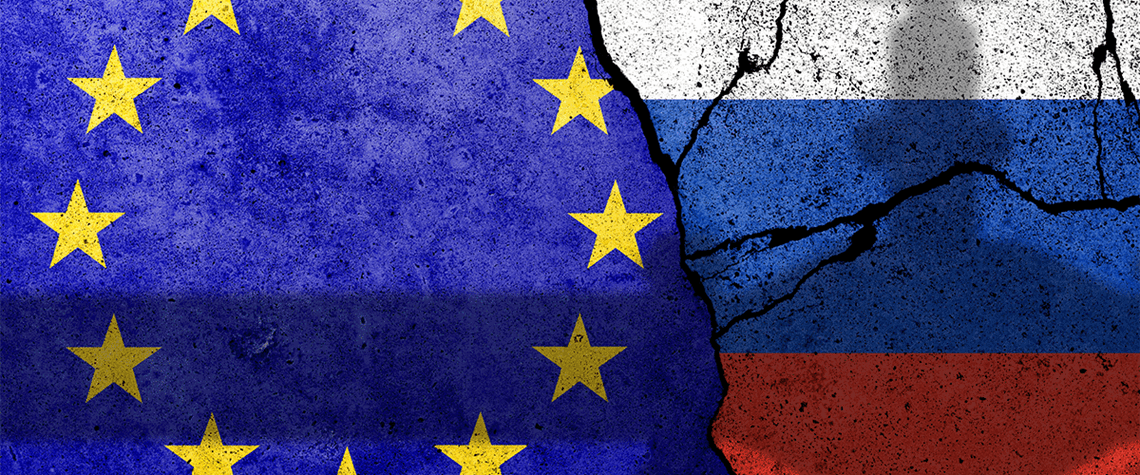The last year has been turbulent for the energy industry, still recovering from the demand shock of the pandemic before being hit by the supply shock of the war in Ukraine.
Europe is—intentionally and enforced at the same time through an energy war with Moscow—battling to free itself from Russian energy that only 12 months ago dominated European energy imports. This situation has implications for the entire global energy system on all the three dimensions of the energy trilemma: energy security, affordability and sustainability.
Global energy prices, particularly in Europe, have been rising dramatically in the last year, with many other regions having gas and electricity prices at all-time highs, with oil and coal prices also following suit.
When Europe buys LNG at record high prices, preventing other countries from getting the gas, we are seeing examples of the reversal of the coal-to-gas switch, as well as general energy scarcity in some low-income countries. Energy security means all countries prioritise available domestic energy. However, despite this, global shipping freight rates are very high as the supply-demand shifts following the war in Ukraine lead to longer trade routes.
Energy sustainability suffers when countries return to coal, and short-term crises put the long-term climate challenge on the back burner. Still, energy efficiency priorities and renewable energy are clearly pulling in the same direction as energy security, so the implications for the climate are not all bleak.
In the middle of these turbulent energy times, DNV released in October the 2022 edition of its flagship publication Energy Transition Outlook, forecasting the global energy transition towards 2050.
Our findings highlight that Europe will be able to accelerate the energy transition in the midst of the energy crisis. Like it did during the pandemic, Europe will manage to manoeuvre two crises at the same time. Rightly, security and energy security are the most immediate concerns, and short term we are seeing that some of the gas is being replaced by more emission intensive coal as sufficient alternatives are not available. But the main priority, nailed down in the RepowerEU policy package, is to double down on energy efficiency and renewables buildout, a move that clearly will speed up European decarbonisation.
The largest changes are, not surprisingly, seen for gas, where we find European 2030 gas demand to be 25pc lower than our 2021 forecast, and 2050 gas demand 45pc lower. An important assumption in this regard is that the sanctions will last and that natural gas prices will stay at their present high level for two more years—to the end of 2024, before they gradually normalise. But even with the prices normalised, the actions taken by the EU and other European countries to become less dependent on gas and more focused on self-produced renewables—and to a lesser extent some additional nuclear—are bringing down gas demand dramatically.
We see the same tendencies in other regions, but at a much lower level. And admittedly, many countries, such as the US, do not have the same energy security concerns, with the US already a large gas exporter.
Gas trade will dramatically change as Russian exports to Europe stop, and a large share of the Russian gas cannot find new markets as sufficient pipelines and liquefaction terminals do not exist and take a long time to build. We therefore expect Russian gas production and exports to stabilise on a level significantly lower than before the war.
Different for oil
We do not see the same situation for oil. The majority of the world’s oil is always transported on keel, and the biggest change—both for Europe, Russia and other regions—is in average longer trade routes, something that tanker rates are benefitting from. Other factors, such as a looming global recession and Opec decisions on production, are more decisive for the future of oil production and prices.
Europe’s appetite for oil is not influenced by the war in the same way as its appetite for gas. This is partly because oil can be more easily traded from anywhere, and also because oil is harder to replace in the energy mix. Some 70pc of the world’s oil is used in the transport sector, where potential replacements now start to be present in the passenger vehicle sector in the form of electric vehicles, but this is not yet the case in heavy road transport, aviation and maritime.
The coal renaissance in Europe will be short-lived, and most of the coal use is phased out this decade. But elsewhere we do see that lack of cheap gas is driving increased coal demand. For example, the share of gas in the Indian subcontinent’s energy mix will reduce from 11pc to 7pc in the next five years, while the share of coal will increase.
And low-income countries are—as always—the ones suffering most from unrest and instability. The war leads, directly through reduced grain exports and indirectly through high gas prices curbing fertiliser production, to a global food crisis. With high energy prices on top, high inflation and possibly recession, the focus will be on short-term priorities.
In the longer term, the war is not likely to set the agenda for the energy transition. The most important factors will continue to be the growth of electricity and ever-reducing costs of renewable energy production, alongside an increase in carbon prices. DNV’s outlook for the most important factor deciding the pace of the energy transition, the 2050 share of fossil fuel in the energy mix, stands at 49pc in 2050 in our latest forecast, 1pc point higher than we forecast a year ago.
Sverre Alvik is the energy transition director at the risk management company, DNV.
This article is part of our special Outlook 2023 report, which features predictions and expectations from the energy industry on key trends in the year ahead. Click here to read the full report.










Comments